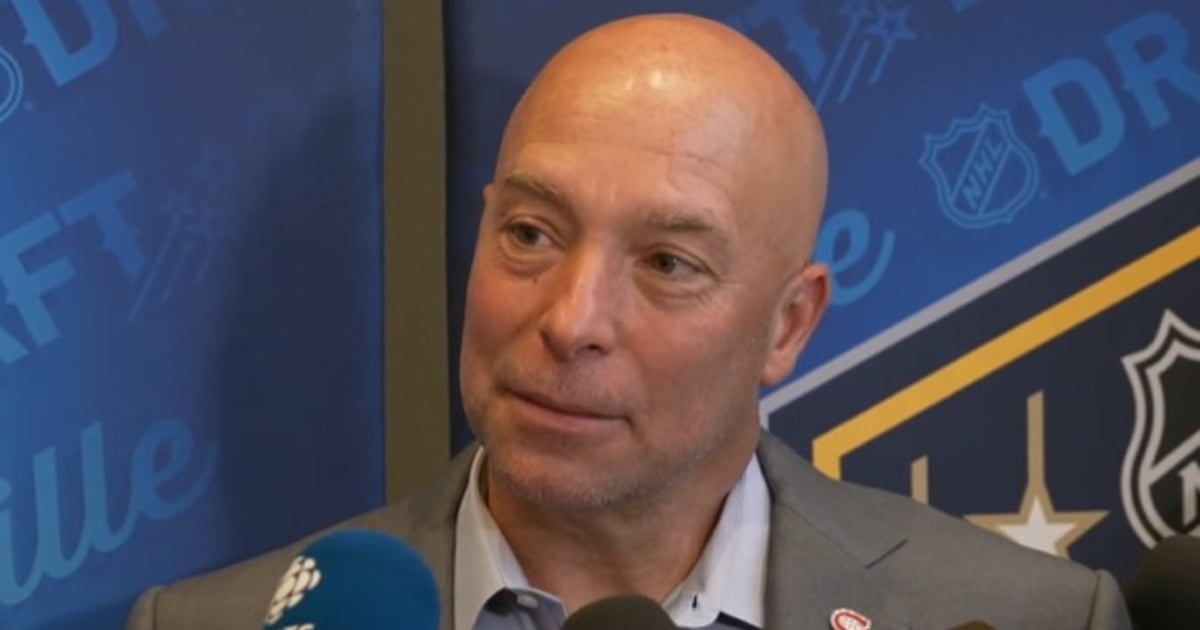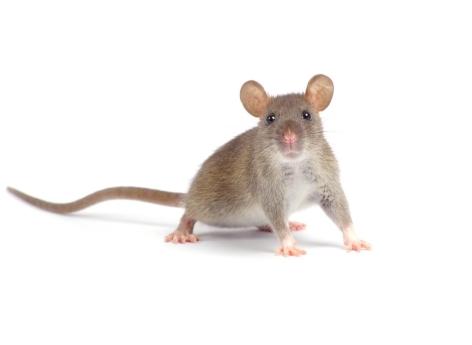How can we reconcile our need for trees in the city with the proximity of electrical wires? For more than a decade, researcher Christian Messier has been testing new pruning methods.
Heat island reduction, improved water flow, benefits to human health: the services that trees provide in cities are countless. But the urban forest requires regular maintenance, especially so as not to interfere with electrical networks.
The Hydro-Québec Chair on Tree Growth Control is conducting research to review current pruning practices, which have been criticized by the scientific community for lacking effectiveness and scientific basis. Her term was renewed in February 2023 for the second time. Interview with Christian Messier, Chair and Professor in the Department of Biological Sciences at the University of Quebec in Montreal.
***
Photo: Annick Saint-Denis, ArbrenVil chair.
Science Quebec We know that being close to trees can cause damage to electrical wires. The pruning techniques used to reduce risks have also been questioned by several studies.
Christian Messier In fact, Hydro Quebec prefers not to have large trees under wires, but we need them in cities for many reasons, most notably reducing heat islands. However, when we prune without taking into account the tree's growth, as is currently happening, it will grow back as quickly as possible. It produces many conjugations [de nouvelles pousses] To maximize light capture. The more we cut, the more cutting is needed.
Q&A: How to work in the chair to improve these pruning techniques
poison We start from the idea that it is preferable to intervene early so that the branches grow spontaneously away from electrical wires, and to reduce the need for frequent pruning. Twelve years ago, we planted 400 tall trees in a field in San Bruno. They belong to 6 large functional groups of trees found in the city [ces groupes sont fondés notamment sur la silhouette de l’arbre, sa vitesse de pousse, le mode de dispersion des graines, etc.]. We test different pruning methods before the tree reaches the height of electrical wires, to see if we can prune while maintaining the biomechanical stability of the branches, to reduce the risk of falling.
Q&A What are your possible solutions?
poison We test several. The first, the classic, consists of constantly pruning the young tree so that two main branches grow at an angle of 45 degrees, in order to obtain a fork that “naturally” avoids the wires. We also use a metal frame, left in place for 5-6 years, which mechanically creates a 45 degree angle.
The third approach arises from my observations in bushes. When trees search for light, they tend to reduce their terminal tower growth and grow sideways instead. For two years, we have been testing a type of opaque fabric cover that is placed at the top of the tree, which reduces the light it receives slightly and encourages the tree to redirect its resources toward the side branches.
QS You are also relying on LiDAR technology within the “Arbrenvil” project. What does it consist of?
poison In collaboration with the Quebec mobile mapping company Jakarto, we are collecting LiDAR data on trees in Montreal [les impulsions laser de l’outil permettent de numériser la géométrie de l’arbre]. The idea is to discover which trees actually need pruning, and implement targeted preventive interventions instead of systematically pruning all the trees in a street or neighborhood every 4 or 5 years.
We are developing artificial intelligence algorithms, with my colleague Mary Jean Meurs, that will help us figure out which trees have a more fragile structure.
In this sense, the ice storm of 2023 was a boon for research, because we had just collected data on thousands of trees. I returned to Jakarto immediately after the storm to see which branches had fallen, and to try to determine whether their fall could have been predicted. In the same way that we use technologies to do precision agriculture, I believe we can also move towards high-precision forestry.

“Hardcore beer fanatic. Falls down a lot. Professional coffee fan. Music ninja.”







More Stories
Hybrid brains were created from rat and mouse cells
Why are your eyes at risk?
Xbox is exploring options to revive the Fallout franchise